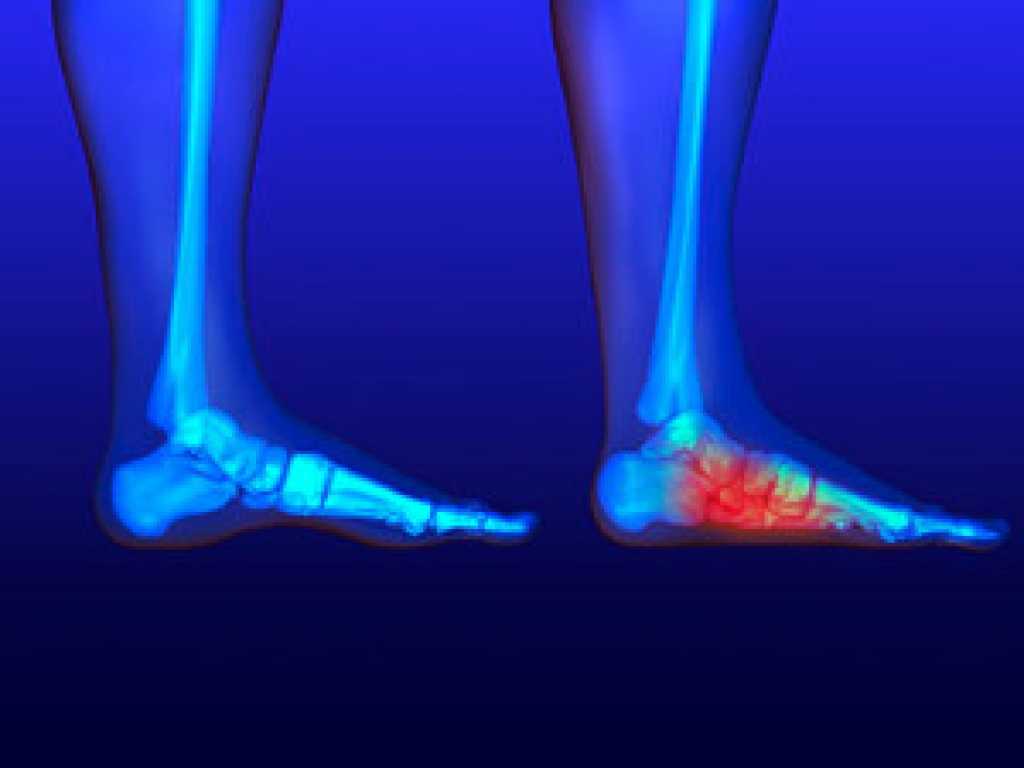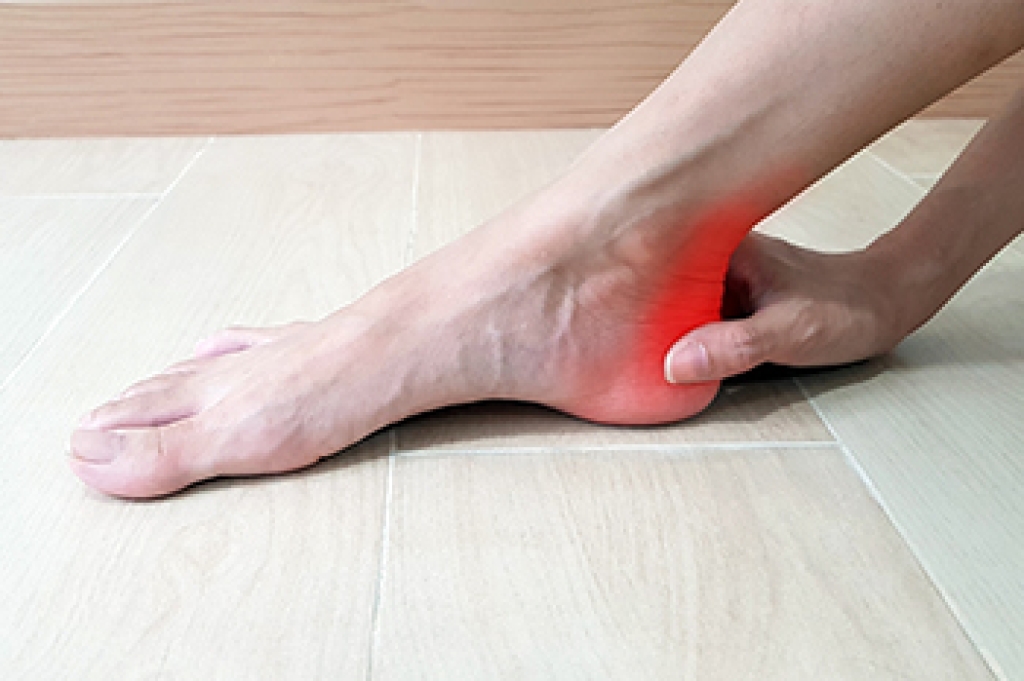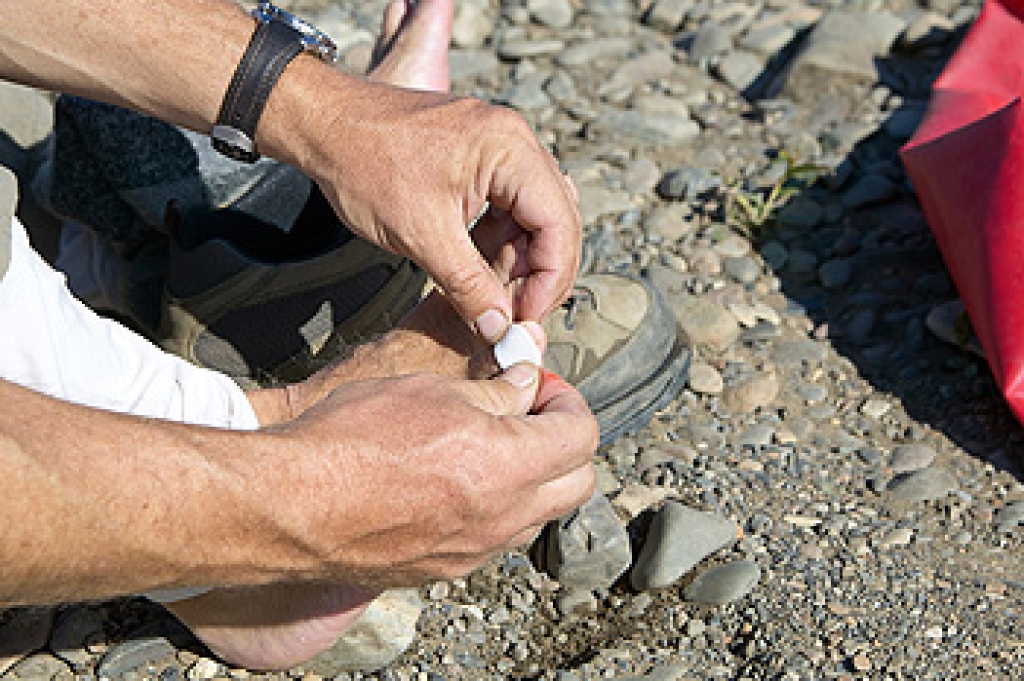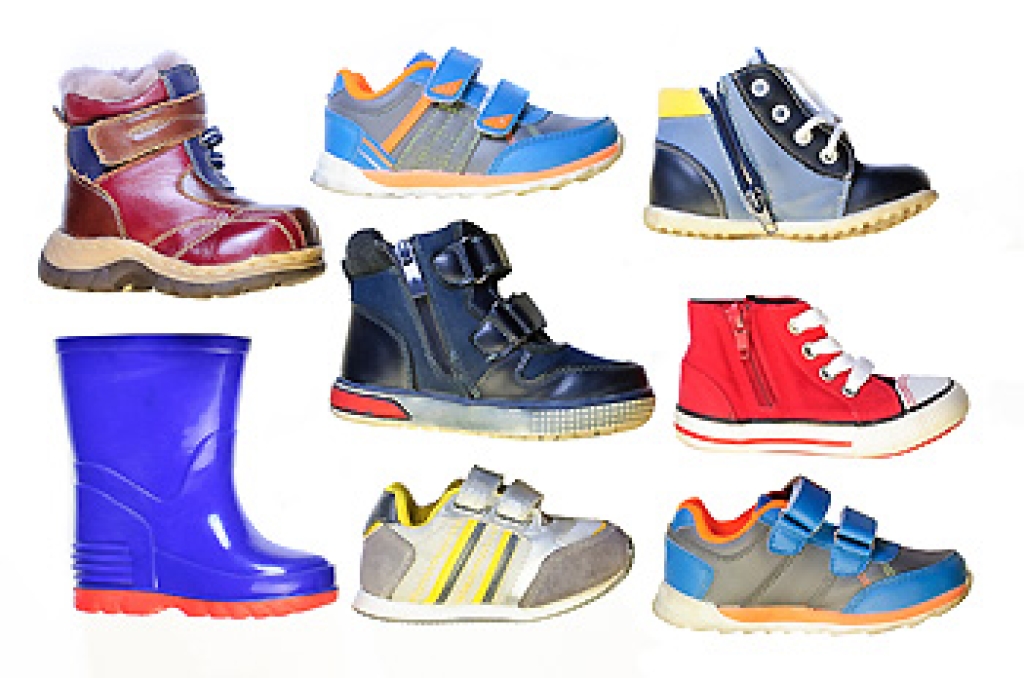Many people go through life with flat feet and don’t realize it. In fact, most children are born with flat feet, until their arches develop naturally by around the age of 10. If you have flat feet, that simply means the arch, or instep, is low or nonexistent when you step on the foot. The foot is actually flat on the ground, also called having a fallen arch. This condition can cause pain at the inside of the ankle, as well as the calves, knees and hips. Flat feet can also affect your posture by putting more weight on the inside of the foot, known as overpronation. This may cause damage to the ankle and Achilles tendon. Flat feet may be a matter of heredity or derived from other conditions that develop later in life, such as arthritis, obesity, high blood pressure and diabetes. If you or your child are experiencing foot pain, your shoes seem to wear out quickly, your feet are weak, numb, or stiff, or your feet suddenly appear to be flatter, it is a good idea to consult with a podiatrist for a complete examination and diagnosis.
Flatfoot is a condition many people suffer from. If you have flat feet, contact Warren Levy, DPM from Armitage Podiatry Center. Our doctor will treat your foot and ankle needs.
What Are Flat Feet?
Flatfoot is a condition in which the arch of the foot is depressed and the sole of the foot is almost completely in contact with the ground. About 20-30% of the population generally has flat feet because their arches never formed during growth.
Conditions & Problems:
Having flat feet makes it difficult to run or walk because of the stress placed on the ankles.
Alignment – The general alignment of your legs can be disrupted, because the ankles move inward which can cause major discomfort.
Knees – If you have complications with your knees, flat feet can be a contributor to arthritis in that area.
Symptoms
- Pain around the heel or arch area
- Trouble standing on the tip toe
- Swelling around the inside of the ankle
- Flat look to one or both feet
- Having your shoes feel uneven when worn
Treatment
If you are experiencing pain and stress on the foot you may weaken the posterior tibial tendon, which runs around the inside of the ankle.
If you have any questions please feel free to contact our office located in Chicago, IL . We offer the newest diagnostic and treatment technologies for all your foot and ankle needs.





